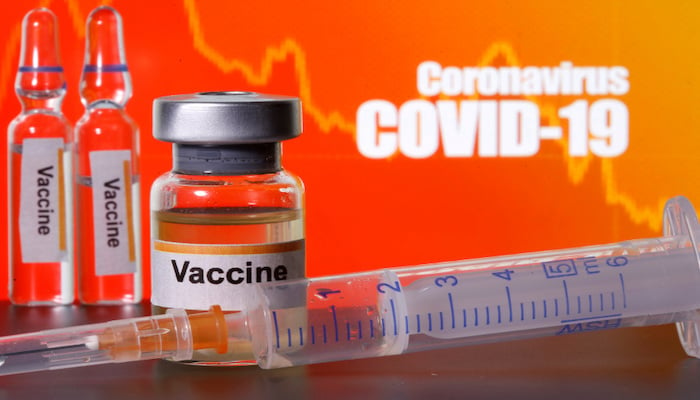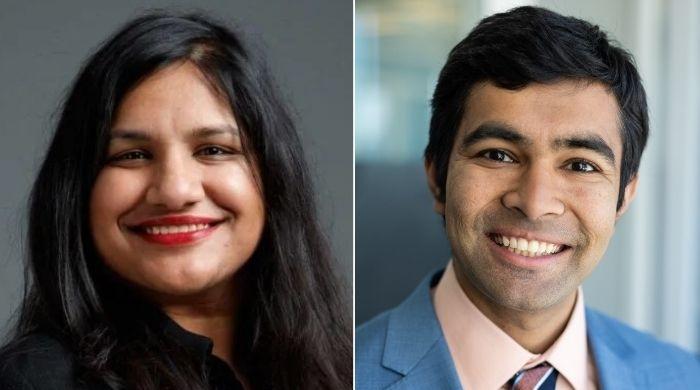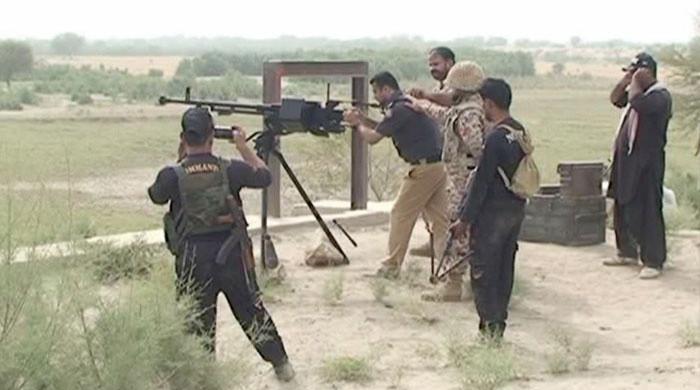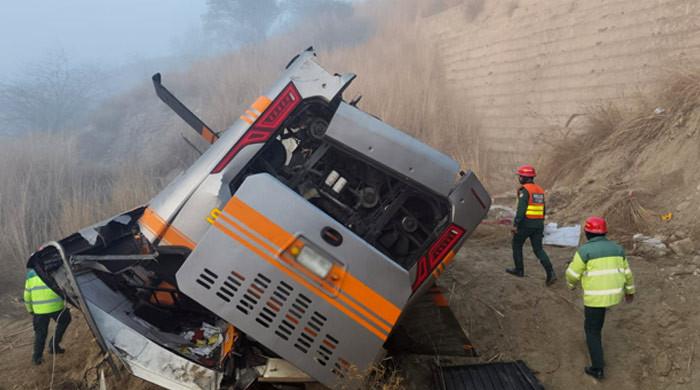Pakistan may receive Pfizer-BioNTech vaccine under COVAX programme
Pfizer to provide up to 40m doses of Pfizer-BioNTech vaccine to COVAX
January 26, 2021

- Pfizer to provide 40 million doses of Pfizer-BioNTech vaccine.
- First 100 million doses of Oxford-Astrazeneca vaccine to be delivered in first quarter of the year.
- COVAX programme aims to protect 20% of the population in participating countries.
Pakistan may be receiving the Pfizer-BioNTech vaccine in the first quarter of the year under the World Health Organization's COVAX programme.
The global initiative signed an advance purchase agreement with American pharmaceutical for up to 40 million doses of the Pfizer-BioNTech coronavirus vaccine candidate - which has already been approved for emergency use by the global health body.
A statement issued last week read that the vaccine rollout will commence with the "successful negotiation and execution of supply agreements."
COVAX also confirmed it would receive first 100 million doses of the Oxford-Astrazeneca vaccine manufactured by the Serum Institute of India (SII) under an existing agreement with the Indian firm.
"Of these first 100 million doses, the majority are earmarked for delivery in the first quarter of the year, pending WHO Emergency Use Listing," read the statement. "A decision on this vaccine candidate is anticipated in the middle of February at the earliest."
Read more: Pakistan crosses 11,000 COVID-19 deaths as two vaccines get approved for emergency use
The global scheme anticipates another 50 million doses of the Oxford-Astrazeneca vaccine would be available in the first quarter of this year under an existing agreement with AstraZeneca.
“Today marks another milestone for COVAX: pending regulatory approval for the AstraZeneca/Oxford candidate and the successful conclusion of the supply agreement for the Pfizer-BioNTech vaccine, we expect to be able to begin deliveries of life-saving COVID-19 vaccines February," said Dr Seth Berkley, CEO of Gavi, the Vaccine Alliance, which leads COVAX procurement and delivery.
"This is not just significant for COVAX, it is a major step forward for equitable access to vaccines, and an essential part of the global effort to beat this pandemic. We will only be safe anywhere if we are safe everywhere."
“The urgent and equitable rollout of vaccines is not just a moral imperative, it’s also a strategic and economic imperative,” said Dr Tedros Adhanom Ghebreyesus, Director-General of WHO. “This agreement with Pfizer will help to enable COVAX to save lives, stabilise health systems and drive the global economic recovery.”
“These purchase agreements open the door for these lifesaving vaccines to become available to people in the most vulnerable countries,” said UNICEF Executive Director Henrietta Fore. “But at the same time we are securing vaccines we must also ensure that countries are ready to receive them, deploy them, and build trust in them.”
Related: How soon will coronavirus vaccine be available in Pakistan?
What is the COVAX programme?
The COVAX initiative ensures “rapid and equitable access to COVID-19 vaccines for all countries, regardless of income level”. It is a vaccines pillar of the Access to COVID-19 Tools (ACT) Accelerator co-led by CEPI, Gavi and WHO – working in partnership with developed and developing country vaccine manufacturers, UNICEF, the World Bank, and others.
Of the 190 participating economies, Pakistan is among the 92 that qualify for the financial mechanism Gavi COVAX AMS. The facility guarantees access to 2 billion doses of approved vaccines and aims to protect at least 20% of each participating population by the end of the year – unless a participant has requested a lower percentage of doses.
"At least 1.3 billion of these doses will be made available to the 92 economies eligible for the Gavi COVAX AMC by the end of 2021.
COVAX programme timeline for Pakistan
Phase I: The first tranche of doses would be enough to protect health and social care workers and will be delivered in the first quarter of 2021.
Phase II: The second tranche would be in the second half of the year, aiming to vaccinate 20% of the population by year-end.
Phase II: Additional doses to reach higher coverage will be available in 2022.









